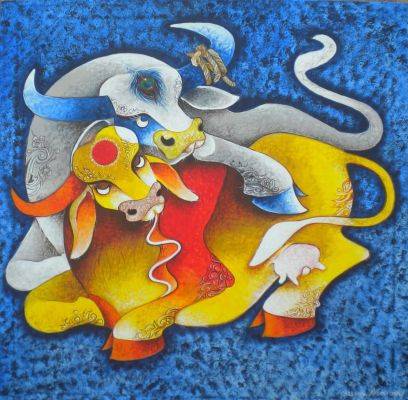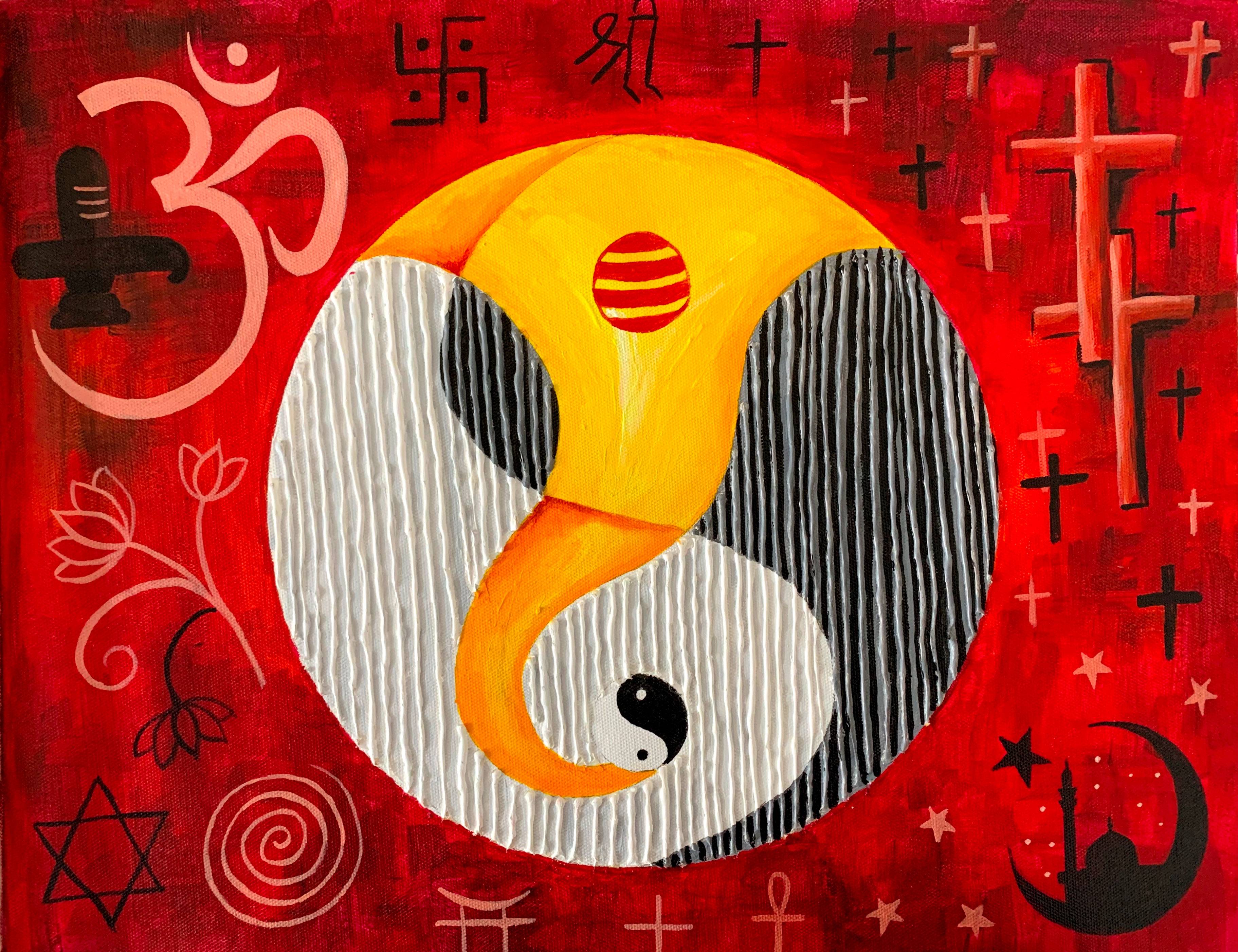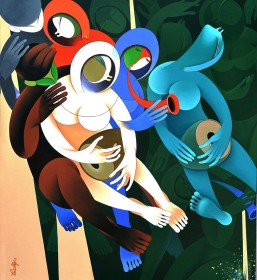India’s artistic heritage is rich, diverse, and deeply rooted in nature—and at its heart lies a profound relationship with animals. From ancient rock shelters to contemporary galleries, animal art in India has served as a mirror of mythology, a symbol of power, and a voice for cultural identity.
This blog takes you on a journey through India’s animal-inspired art traditions, showing how animals have not only been muses, but storytellers of civilization.
A Timeless Beginning: Prehistoric Petroglyphs
The origins of animal art in India can be traced back to prehistoric times, with stunning examples in the Bhimbetka rock shelters in Madhya Pradesh. These 30,000-year-old paintings depict bison, elephants, deer, and other creatures of the wild—testaments to early humans’ dependence on and reverence for animals.
These works, rendered in natural pigments, reflect hunting scenes, animal behaviour, and the beginnings of symbolic expression.
Sacred Symbols in Ancient Temples
Animals are central to Hindu, Buddhist, and Jain art, often appearing in temples as vehicles (vahanas) of gods, symbols of cosmic order, or representations of virtues and vices.
- Nandi the bull, the mount of Lord Shiva, stands guard at countless Shaivite temples.
- Garuda, the eagle-like mount of Vishnu, symbolizes speed, protection, and divine might.
- Elephants, associated with Lord Ganesha, represent wisdom, strength, and auspiciousness.
- Lions, found in Buddhist stupas like Sanchi, denote power and guardianship, and famously appear on India’s national emblem.
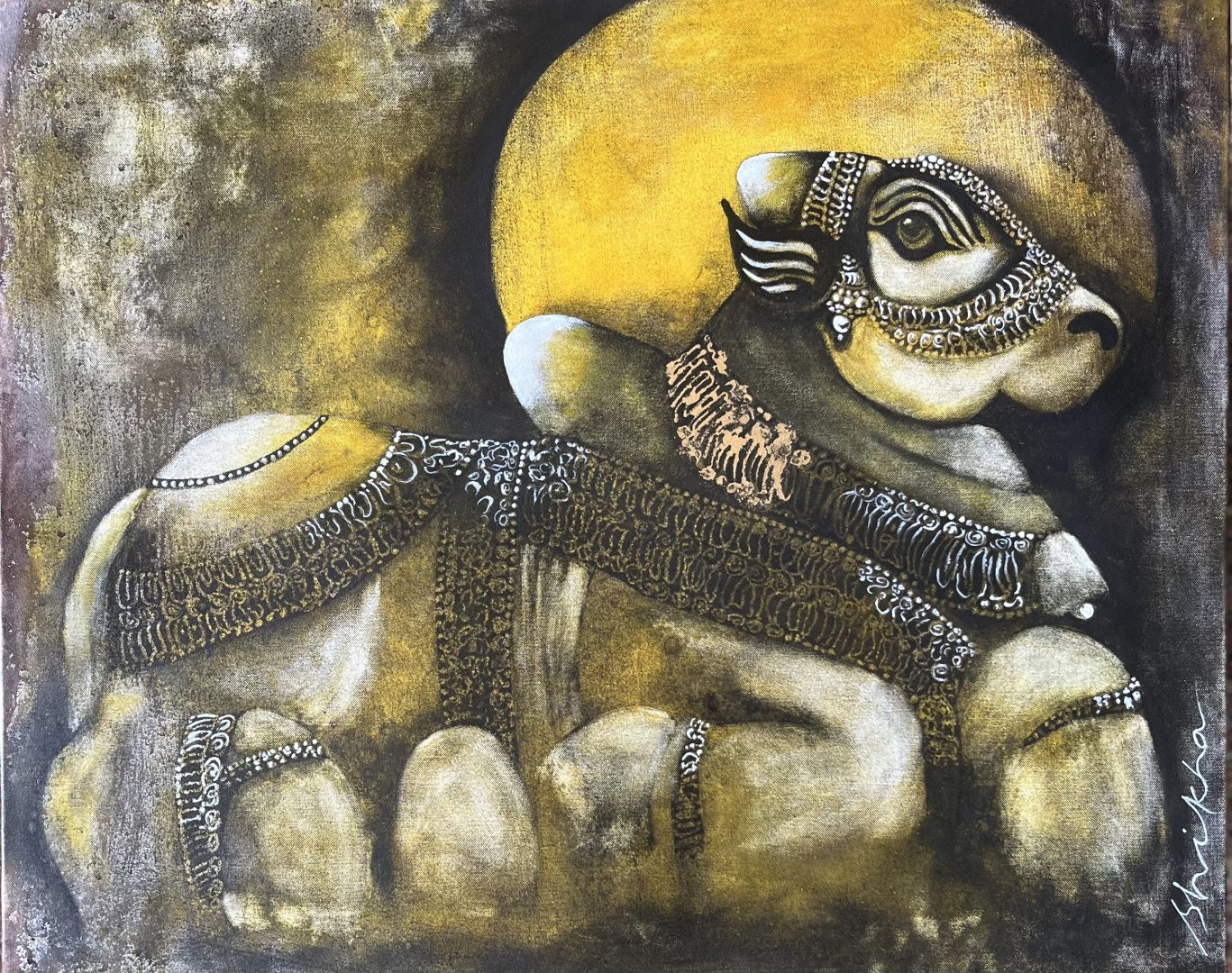
These animals are not merely decorative; they are alive with narrative—each one a metaphor for cosmic roles and moral messages.
Folk and Tribal Traditions: Living with the Wild
India’s folk and tribal communities have long held a close connection to wildlife, and their art reflects a profound respect for the animal kingdom.
1. Madhubani (Mithila) Art – Bihar
Often featuring elephants, birds, fish, and snakes, Madhubani paintings blend mythology and nature. Animals are drawn in vibrant patterns and filled with symbolic detail.
2. Gond Art – Madhya Pradesh
The Gond tribe sees animals as spiritual beings. Their paintings depict tigers, deer, peacocks, and mythical creatures in stylized, dotted patterns that tell stories of harmony between humans and nature.
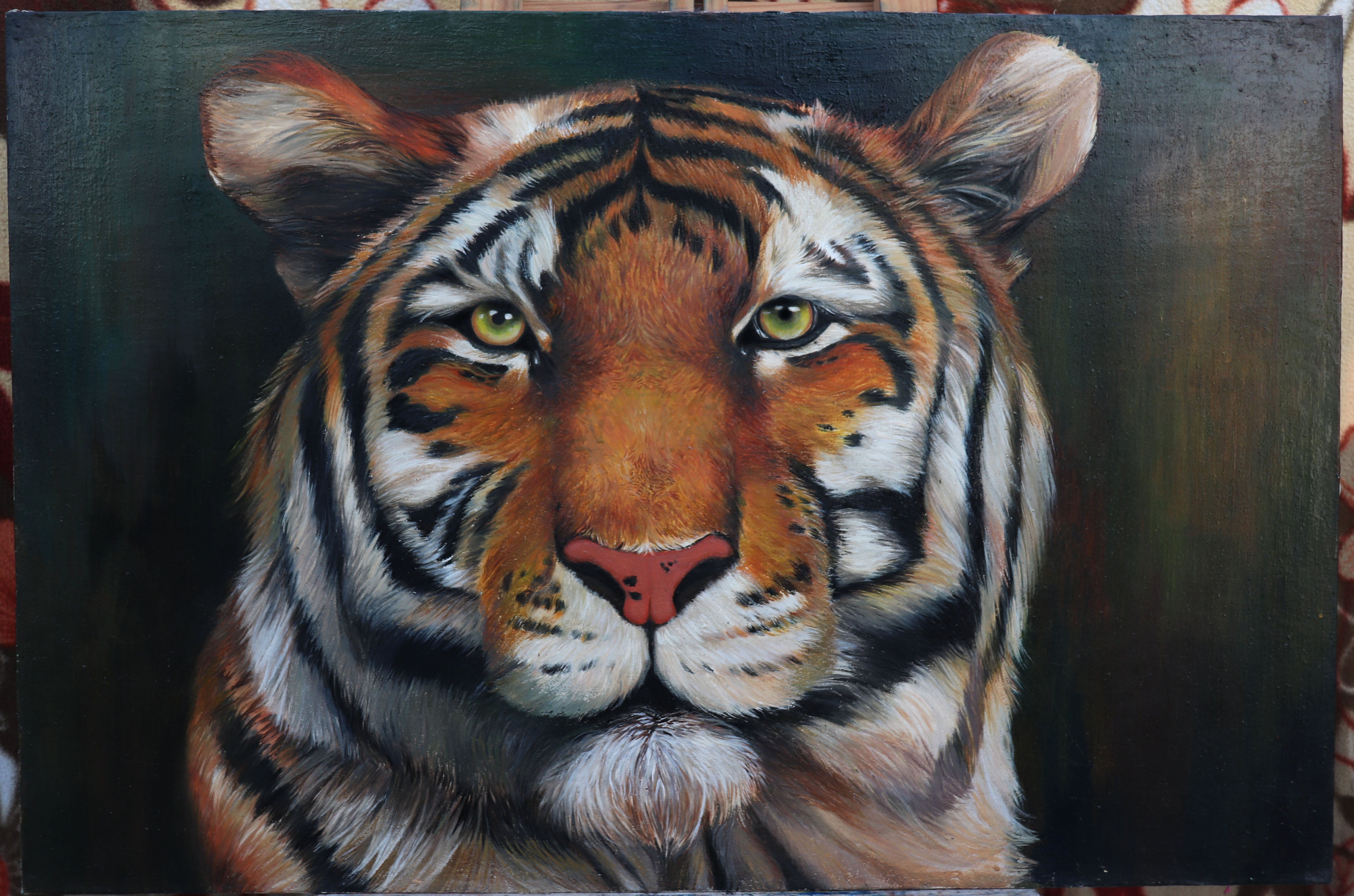
3. Warli Art – Maharashtra
Warli painters use basic geometric shapes to depict daily life, where animals like cattle and dogs appear as part of village life and ceremonial processions.
4. Pattachitra – Odisha and West Bengal
This scroll-based art features mythological animals like Gajendra (the divine elephant) and Krishna’s cows, rendered in intricate and graceful detail.
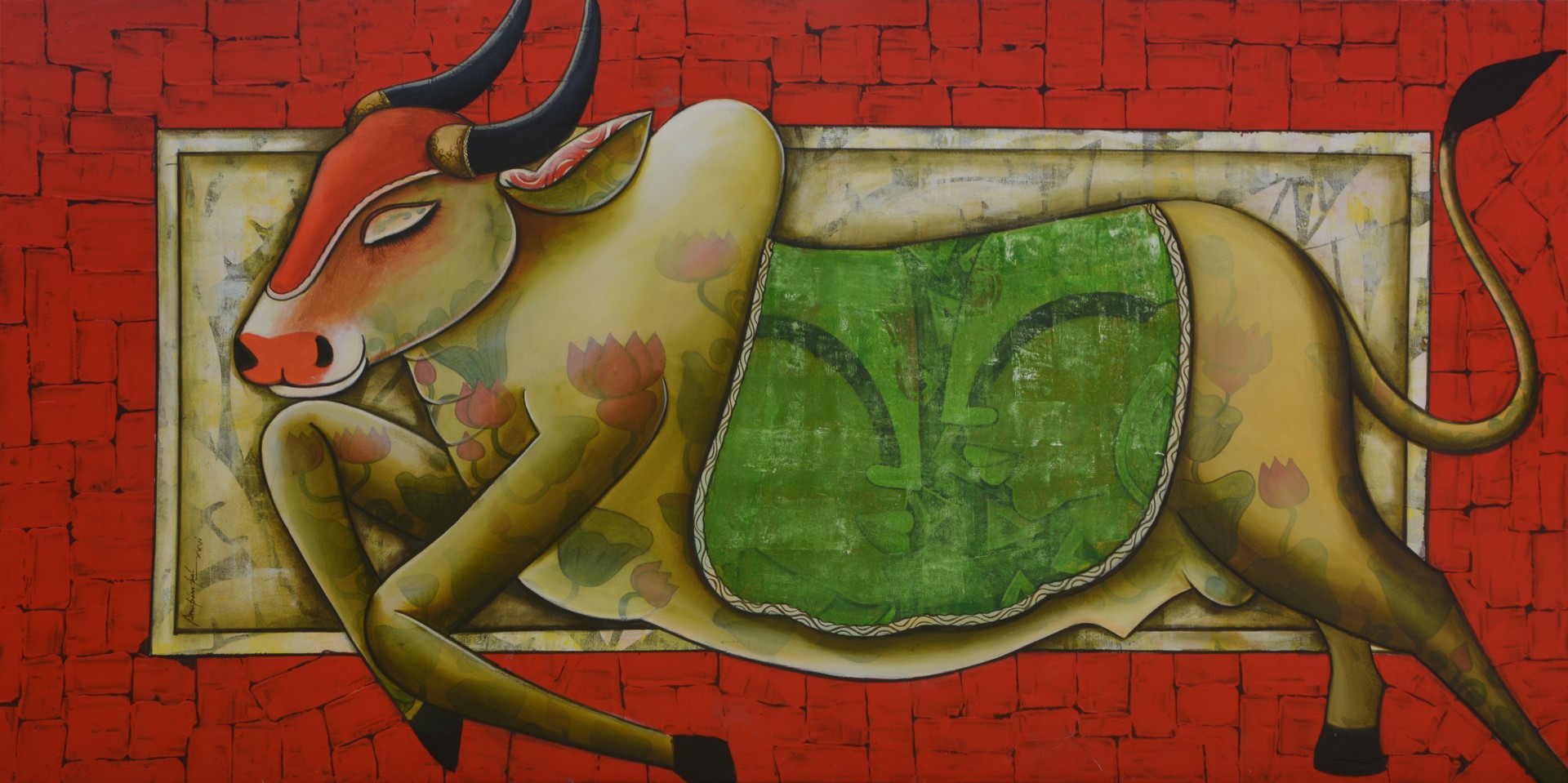
In all these styles, animals are not exotic others, but familiar neighbours, often regarded as divine, ancestral, or moral companions.
Mughal Miniatures: Royal Grace and Natural Study
During the Mughal era, animal painting reached new heights of realism and detail. Court artists under emperors like Akbar and Jahangir documented tigers, cheetahs, elephants, and exotic birds with remarkable accuracy.
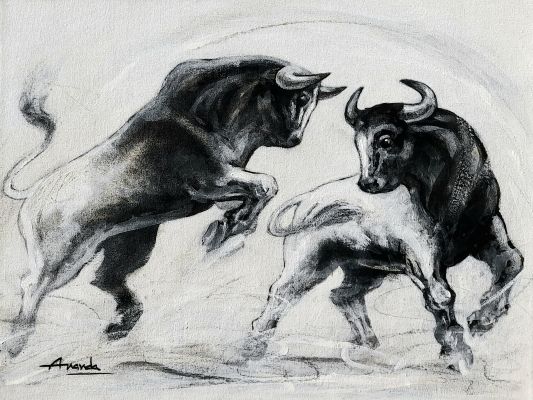
These paintings served not only decorative purposes but also scientific and political ones—showcasing the emperor's knowledge of the natural world and his dominion over it.
Mughal miniatures often show animals in courtly hunts, symbolic of power, or as subjects of serene beauty in gardens and wildlife studies.
Contemporary Animal Art: Revival and Awareness
Today, Indian artists continue to explore animal themes, but with modern media and urgent messages. Contemporary animal art in India often addresses:
- Wildlife conservation and environmental loss
- Urban-animal conflicts
- Cultural nostalgia and disappearing traditions
Artists like Baiju Parthan, Bhajju Shyam, and younger wildlife illustrators are reinterpreting traditional animal forms through installations, digital media, and global exhibitions.
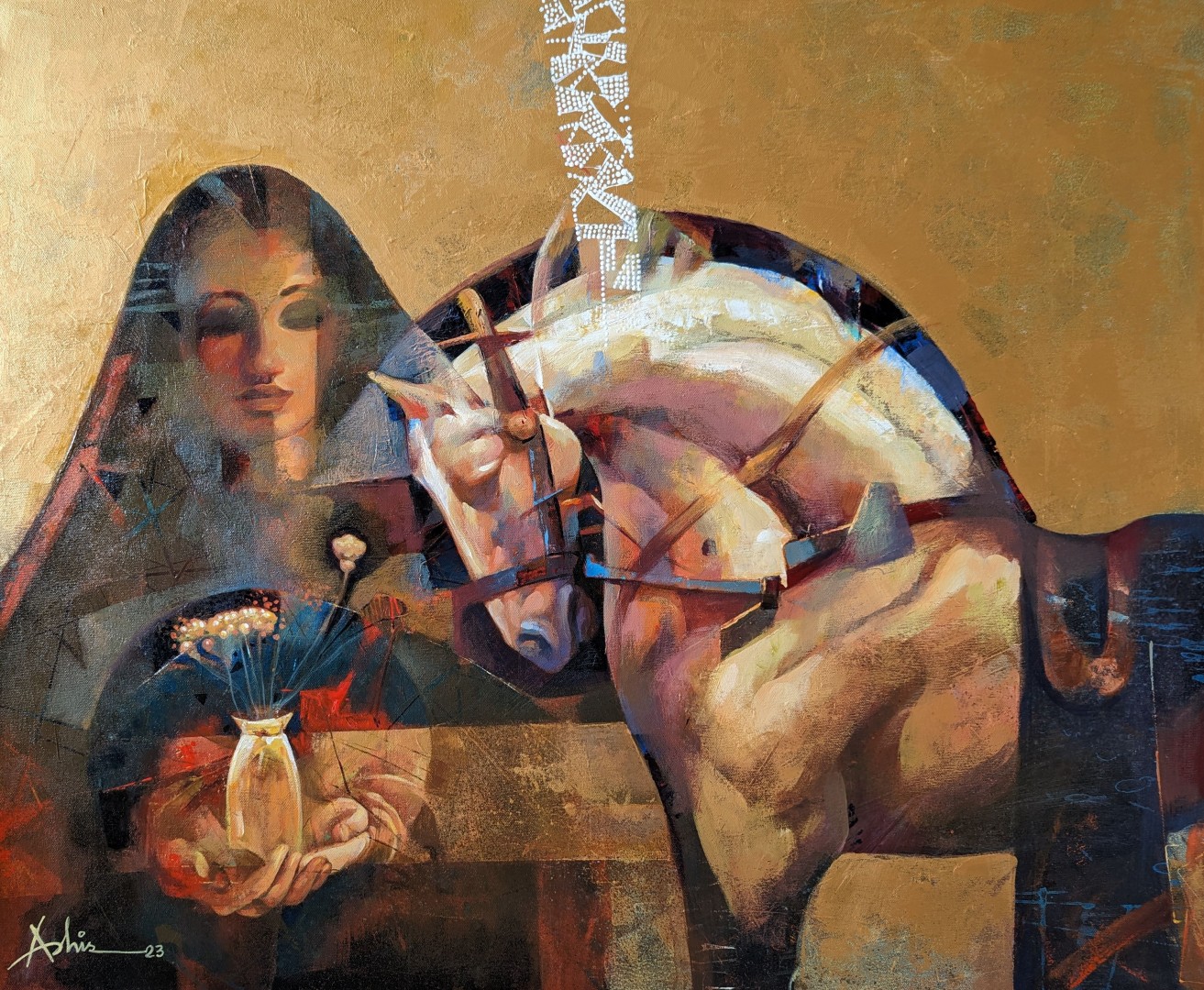
Meanwhile, animal figures remain central in Indian crafts—embroidered onto textiles, carved into wood, molded in terracotta, or cast in bronze.
Why Animal Art in India Still Matters
In a country of immense biodiversity and ancient reverence for life, animal art is more than visual expression—it's an ethical and spiritual language.
It connects rural and urban, old and new, sacred and secular. It reminds us that animals are not just part of India's landscape, but its soul—woven into its stories, prayers, and creative pulse.
Final Thoughts
From the timeless elephants of temple carvings to the folk tigers of tribal scrolls, animal art in India is a living tradition, one that evolves with its people while honoring its origins. As India faces ecological challenges, this art becomes both homage and hope—a reminder of coexistence, and a call for compassion.

